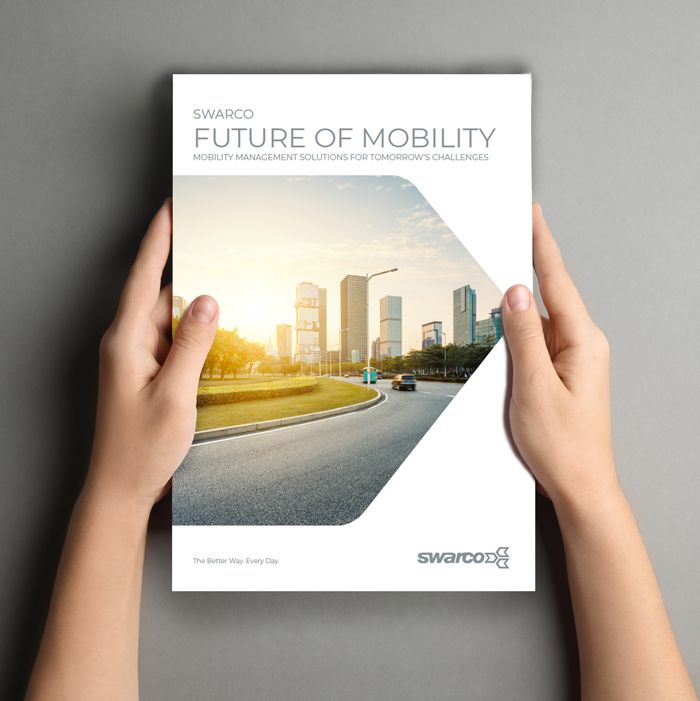SWARCO ITS DIVISION AT
ITS EUROPEAN CONGRESS 2022
Cities around the globe are struggling to cope with disruptive changes to mobility management. Based on in-depth interviews with more than 400 global cities, we identified 10 critical challenges that stand in the way of their mobility management goals. These include rapid urbanization, limited space on city streets, and shared mobility growing faster than anticipated. A lack of cross-domain integration, poor connectivity, and stretched resources were some of the other urgent issues. If any of these affect your city, we can help.
Request a personalized demo during Intertraffic
Schedule a personalized demo during Intertraffic and let us show you how our mobility management solutions can support your strategies.
Schedule a meeting after Intertraffic
Don’t miss out! You can still enjoy Intertraffic and learn more about our solutions later. Send us a contact request and we’ll get in touch shortly after Intertraffic.
What are your main challenges?
We’ve developed 10 solutions to the most critical challenges that were identified via 400+ interviews with cities around the globe.
Learn more about the problem statements and solutions below!
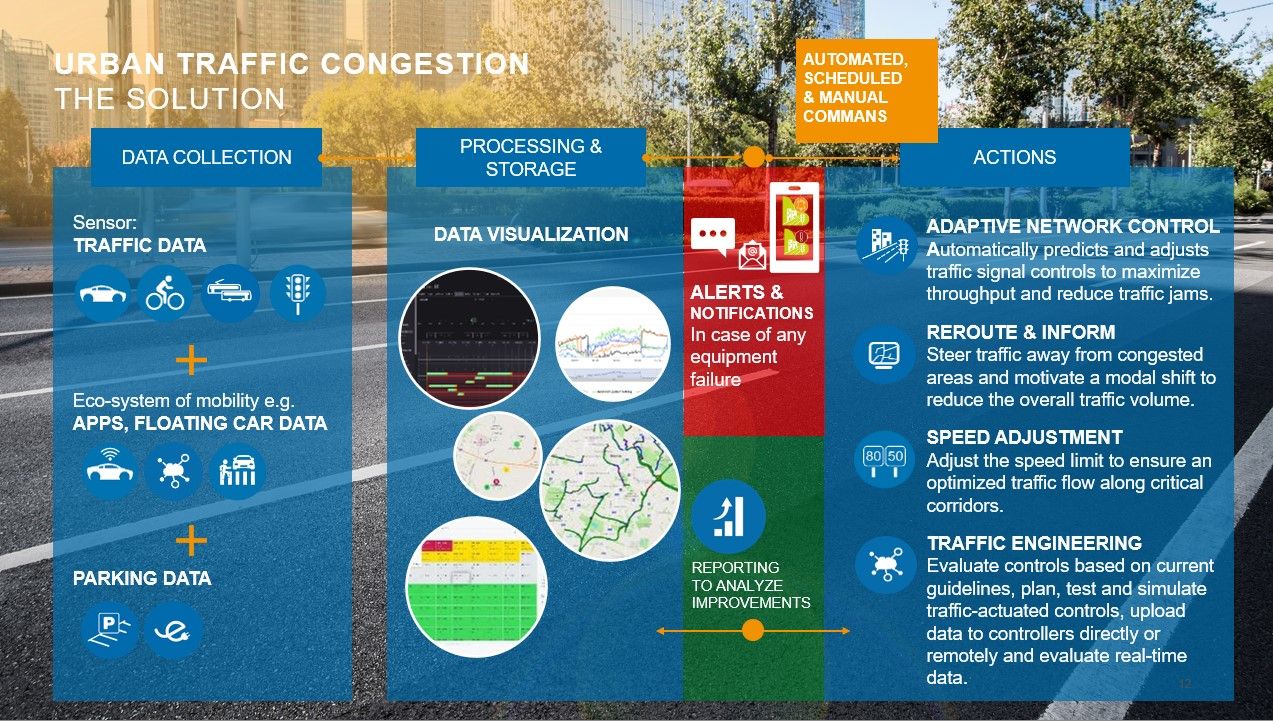
Urban Traffic Congestion
Congestion is a factor in the number of traffic accidents, it significantly increases travel times, and results in many lost hours stuck in traffic jams. This costs cities millions per year and makes road policies more complex.
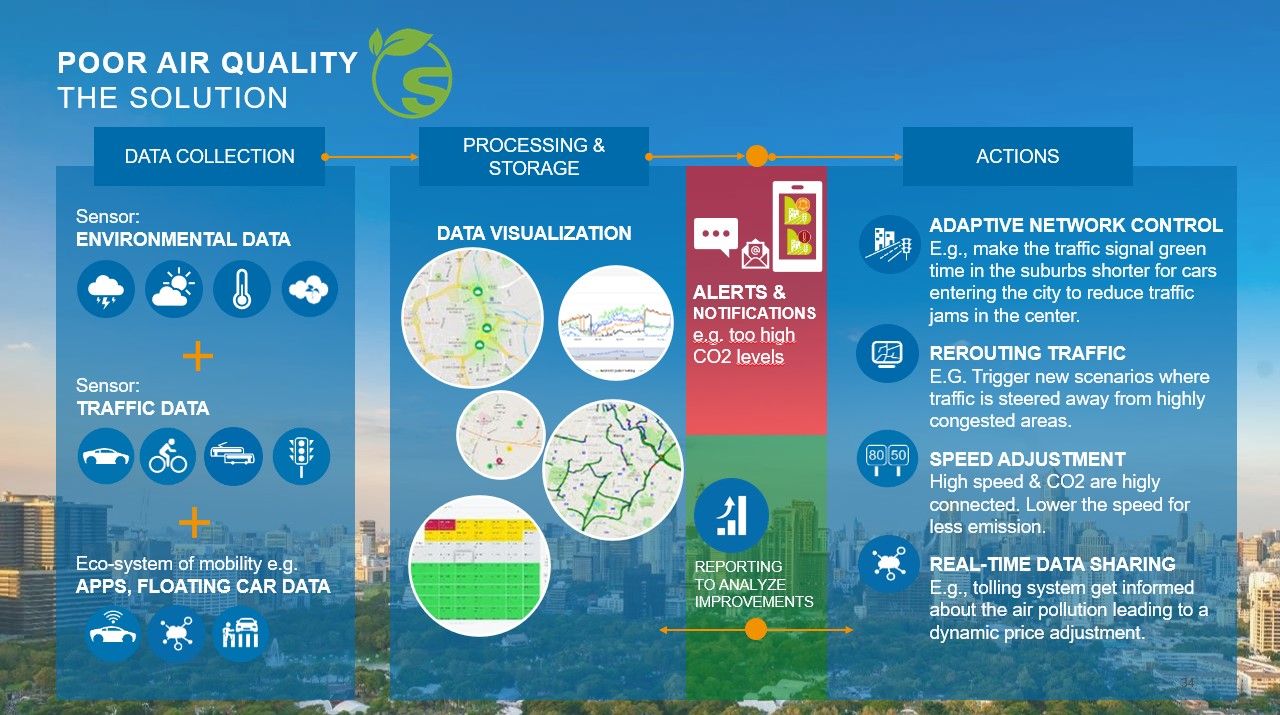
Poor Air Quality
Air pollution causes about 3.4m premature deaths per year. Apart from the devastating human cost, the financial cost is roughly €1 trillion annually, yet 49% of cities in high-income countries fail to meet WHO air quality guidelines.
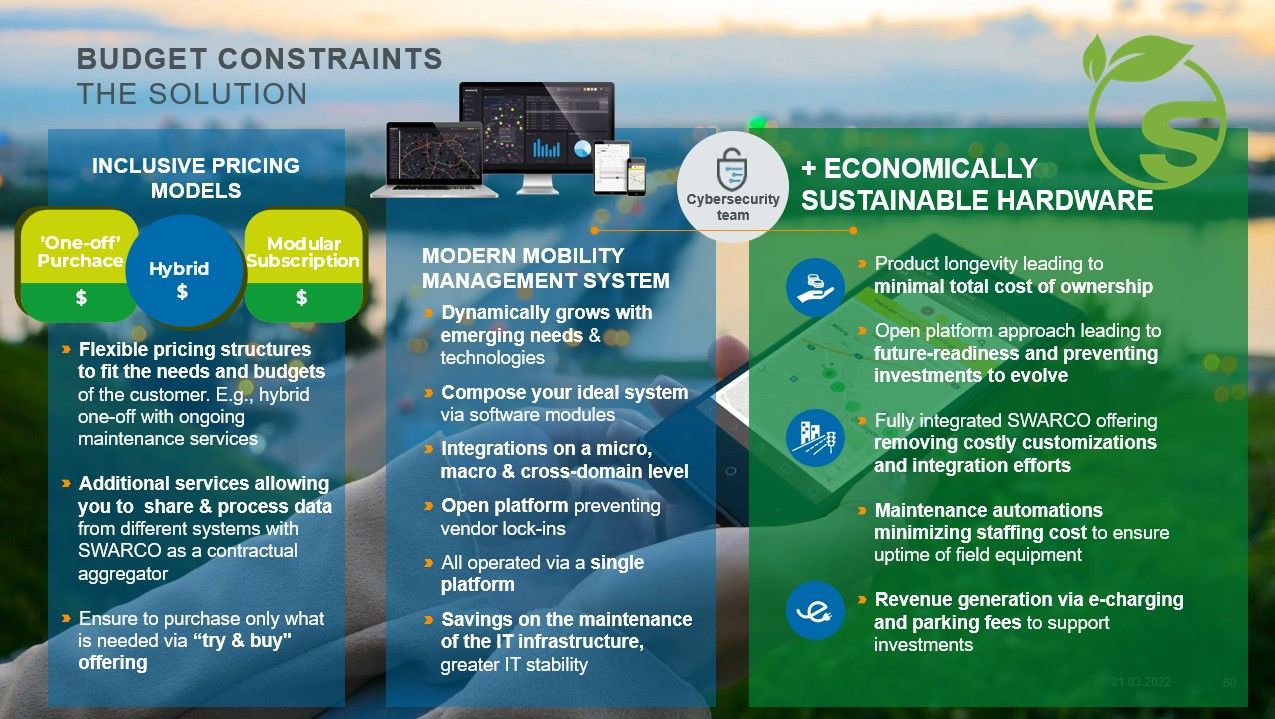
Budget Constraints
Meeting strategic goals requires the use of cost-cutting technologies. Customized developments lacking modularity hinder strategy implementation and add a financial burden. New innovations are outpacing the city infrastructure.
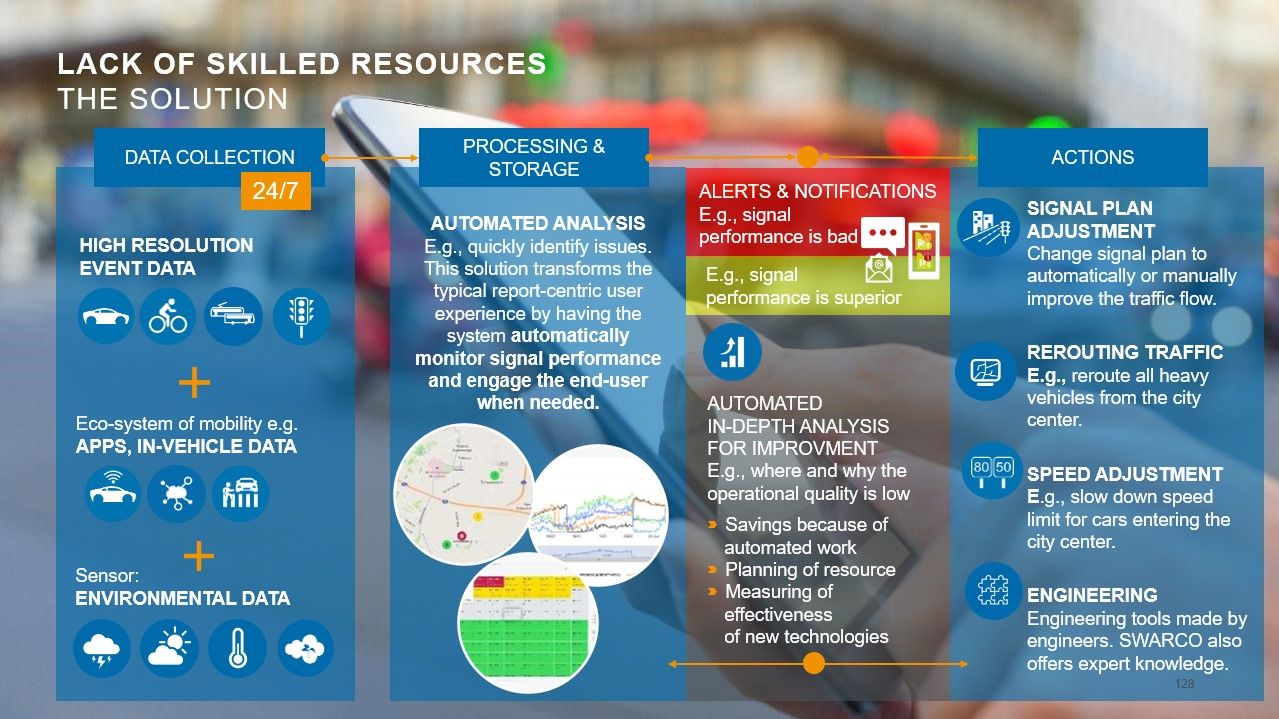
Lack of Skilled Resources
Many traffic fatalities and injuries occur at intersections yet signal management activities prioritize public complaints, preventative maintenance and retiming. Manual analysis of signal performance is inefficient (signal phases updated every 3-5 years) and so prevents signal performance optimization.
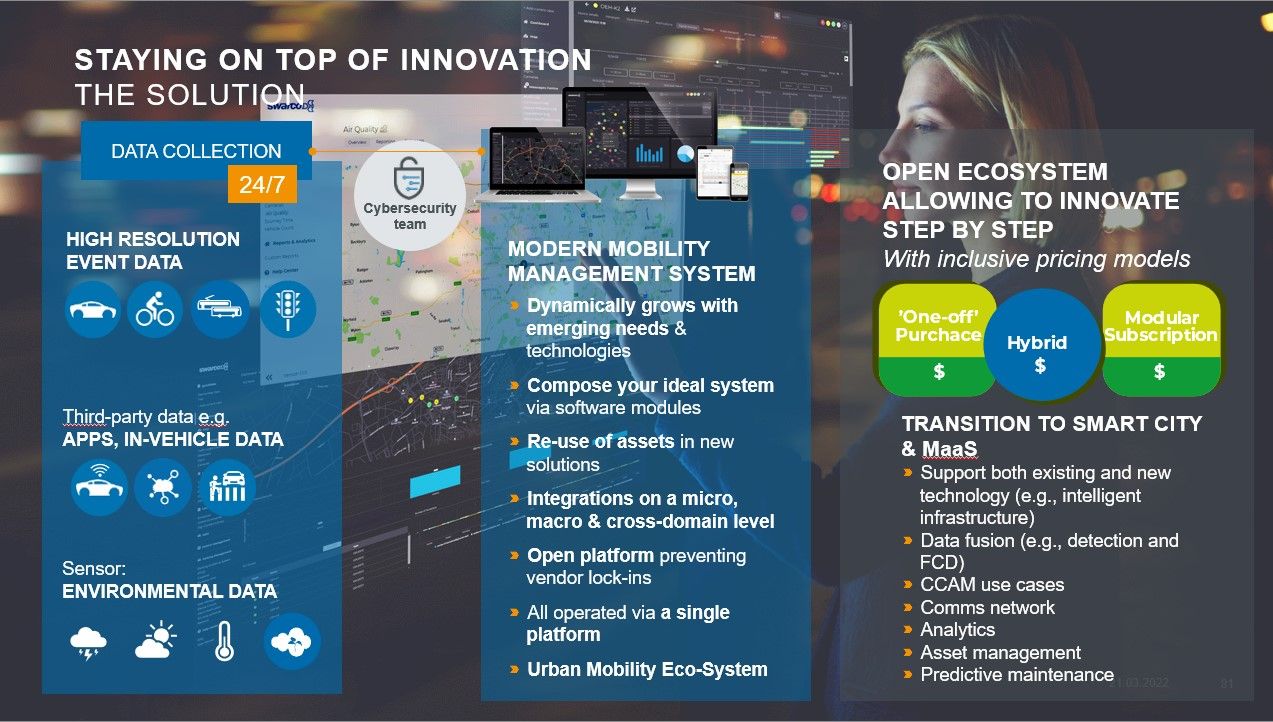
Staying on Top of Innovation
Bridging the gap between the technology used by the traffic management industry and the rapidly changing innovations in urban mobility is essential to ensure that your city remains at the forefront of innovation. Micro mobility use grew by 60% in just one year. This increasing complexity and decreasing product life cycle needs a different approach.
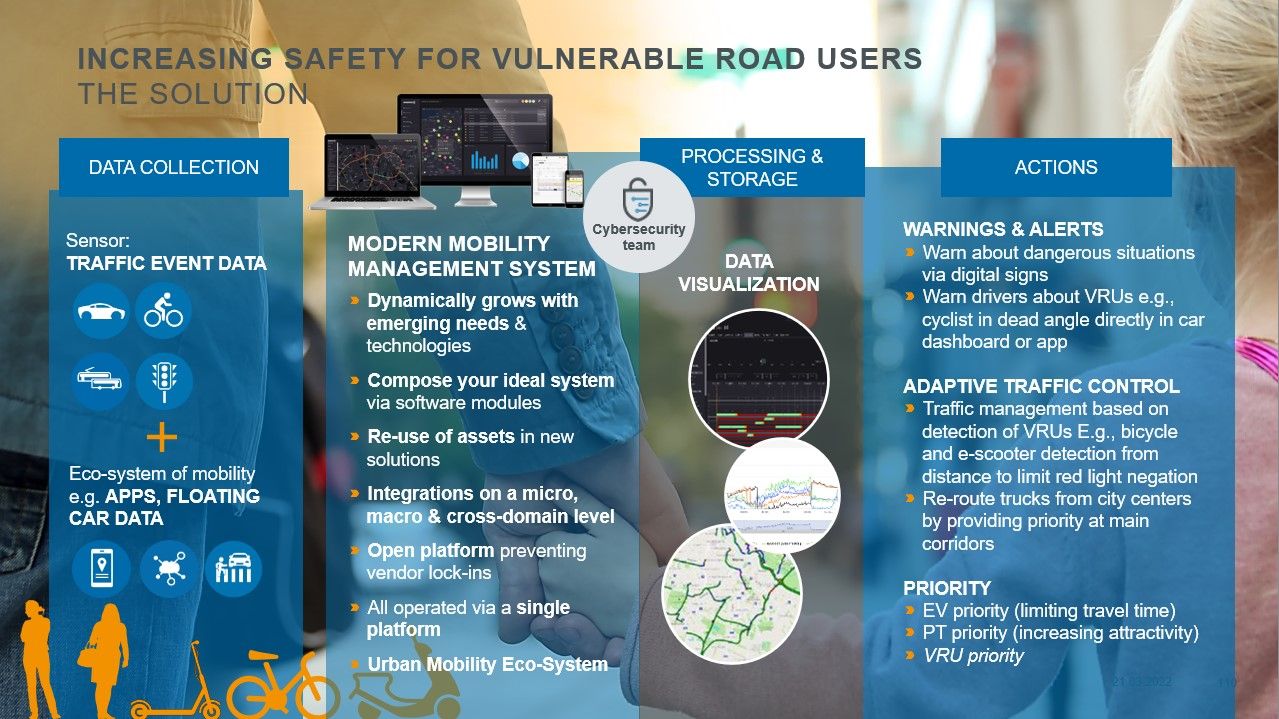
Increasing safety for vulnerable road users
More people and traffic vying to use the same, limited amount of space, increases the number of accidents. Protecting vulnerable road users should be a priority but 22,700 people died and 1.2m were injured on EU’s roads in 2019. More than 20% of fatalities were pedestrians. Traffic fatalities could reduce GDP by up to 5%.
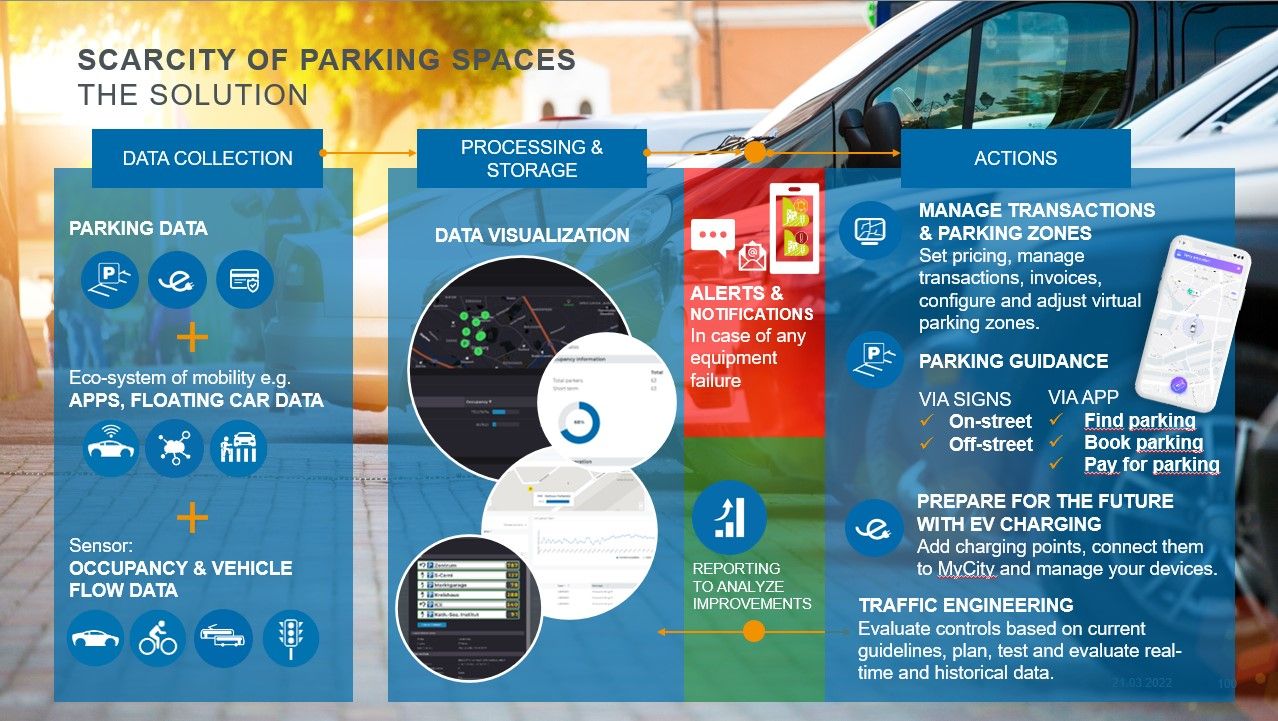
Scarcity of Parking Spaces
Parking spaces are scarce. In some cities, 30% of vehicles are cruising for one, which takes on average 8 minutes and wastes 95,000 hours per year. But parking is siloed and current systems can’t be connected to overall traffic management solutions.
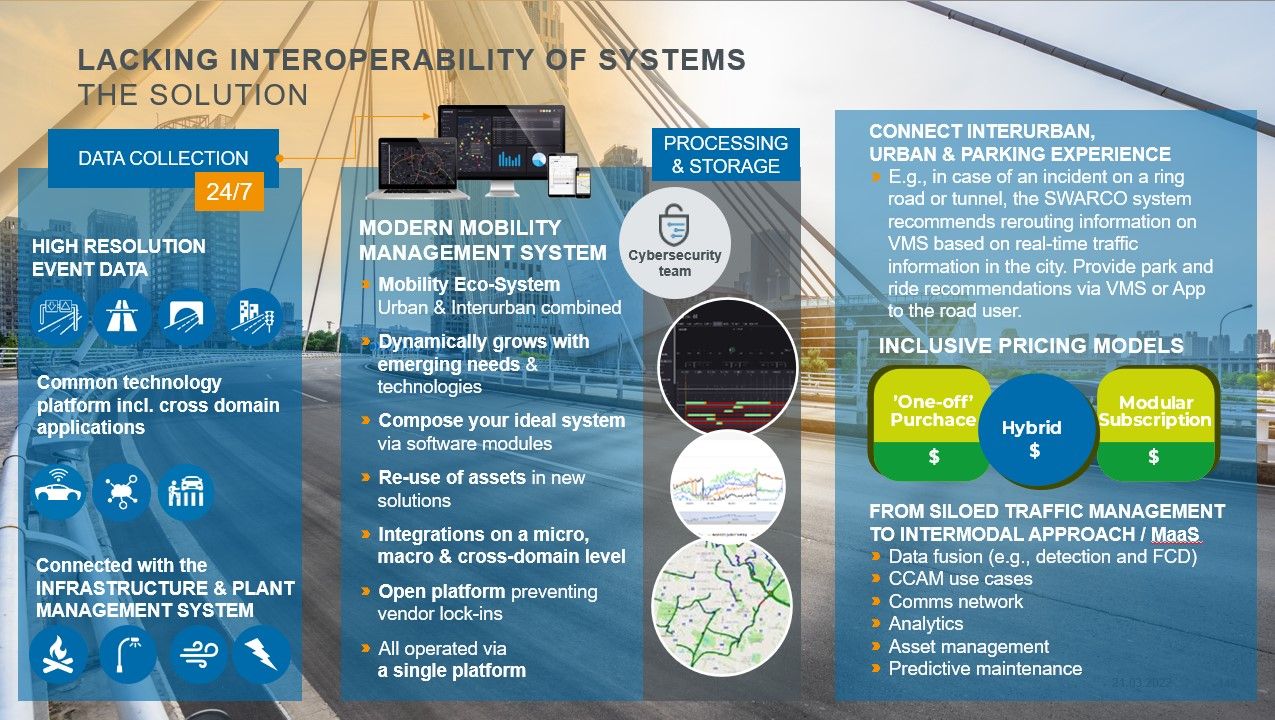
Lacking Interoperability of Systems
Bridging the gap between the technology used and adapting existing solutions to new standards. With over 1,200 systems used in the transport sector, cities are struggling with the complex, static systems that limit connectivity, and the increased need for cybersecurity.

Traffic Congestion in Interurban Areas
Inter-urban traffic congestion is a growing problem that’s increasingly difficult to manage. In 2018, German autobahn drivers experienced over 1.5 million kilometres of congestion and 457,000 hours in traffic jams. The overall costs of this are huge.
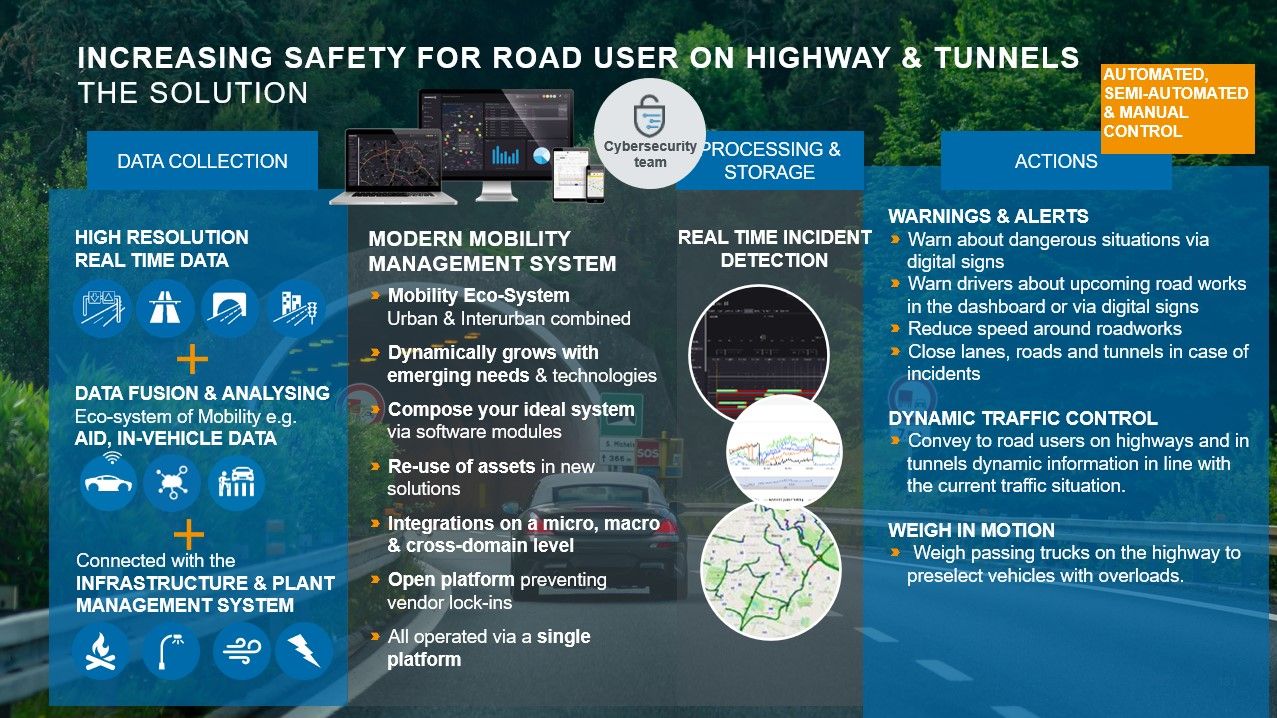
Increasing safety for road users on Highway & Tunnels
Limited road capacity and higher traffic volumes contributed to the 15,000 accidents on German highways alone in 2020. Fatalities in tunnels are 1.5 times higher than on highways. Clearly, better safety systems are needed to detect hazards.
SUSTAINABILITY CHALLENGE
Complete the daily tasks for planting the seeds of environmental sustainability
Join SWARCO’s Sustainability Challenge at Intertraffic and become part of a collaborative mission to make a better environmental impact

Co-develop Smart City solutions with SWARCO INNOVATION HUB
Passion – Ideation – Market Success.
The SWARCO INNOVATION HUB is a novel initiative to foster the ties between corporations, cities, industry associations, academia and research institutions in shaping together future mobility. Our aim is to create an eco-system based on learning and interaction among stakeholders that will enable us to address in the best possible way the needs of the user and community.

Request a personalized demo during Intertraffic
Schedule a personalized demo during Intertraffic and let us show you how our mobility management solutions can support your strategies.
Schedule a meeting after Intertraffic
Don’t miss out! You can still enjoy Intertraffic and learn more about our solutions later. Send us a contact request and we’ll get in touch shortly after Intertraffic.

